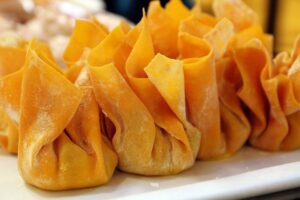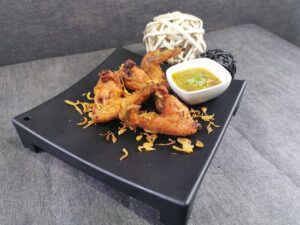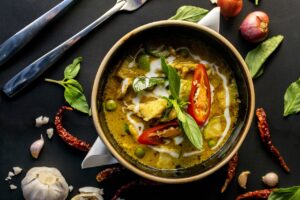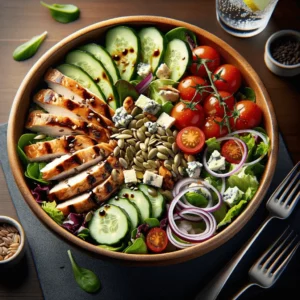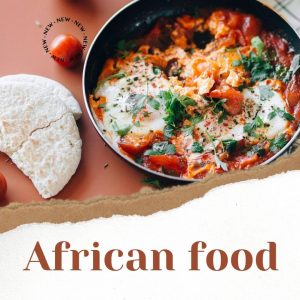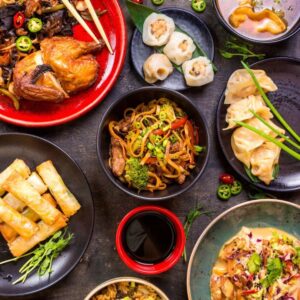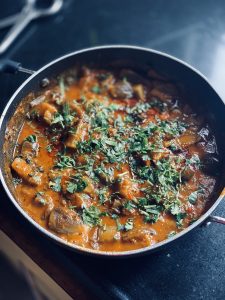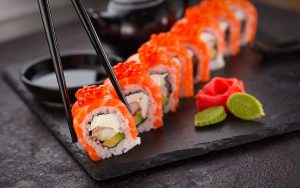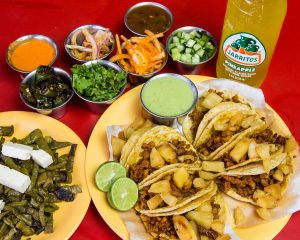Ethiopian Restaurants: A Flavorful Dive into African Gastronomy
Ethiopian cuisine, with its unique flavors, aromatic spices, and shared dining experiences, offers an unforgettable culinary journey. Steeped in ancient traditions, Ethiopian restaurants serve as portals to a rich and vibrant culture that celebrates food as a communal and spiritual experience.
Savory Staples and Distinct Dishes
Injera: The Edible Plate
At the heart of every Ethiopian meal is **injera**, a sourdough flatbread with a spongy texture. Acting as both plate and utensil, it’s torn into pieces to scoop up various stews and salads.
Wats and Tibs
Ethiopian restaurants are renowned for their spicy stews known as *wats*, which can be made from vegetables, legumes, or meats, simmered in berbere, a spicy Ethiopian chili powder. For those who prefer something grilled, *tibs*—typically sautéed or grilled meat dishes—are a popular choice.
Communal Dining: A Bonding Experience
The Mesob Experience
Many Ethiopian meals are served on a woven table called a *mesob*. Sharing from a communal plate signifies bonds of loyalty and friendship, turning dining into a deeply social affair.
Coffee Ceremonies
Ethiopia, the birthplace of coffee, takes its coffee ceremonies seriously. A ritualized form of making and drinking coffee, this ceremony is a gesture of respect and friendship, often accompanied by the sharing of stories.
A Vibrant Vegetarian Scene
Religious Fasting
Due to the Ethiopian Orthodox Church’s fasting traditions, many Ethiopians abstain from eating animal products on certain days. This has led to a plethora of vegetarian and vegan dishes, making Ethiopian restaurants a haven for plant-based diners.
Flavorful Legumes and Veggies
Dishes like *shiro* (a thick stew made from powdered chickpeas or broad beans) and various lentil, potato, and cabbage preparations shine a spotlight on the richness of Ethiopian vegetarian cuisine.
Conclusion
Ethiopian restaurants are more than just dining establishments—they are a celebration of Ethiopian culture, history, and community. Whether you’re tearing into injera with friends or partaking in a traditional coffee ceremony, the experience promises to be as enriching as it is delicious.
FAQs
1. Are Ethiopian dishes very spicy?
While some dishes can be spicy due to the berbere spice mix, many restaurants offer milder versions and a range of non-spicy dishes.
2. What drinks are popular in Ethiopian cuisine?
Besides coffee, *tej* (a honey wine) and *tella* (a traditional beer) are popular traditional drinks.
3. Can I find gluten-free options in Ethiopian restaurants?
Absolutely! Traditional injera is made from teff flour, which is naturally gluten-free. However, it’s always a good idea to ask, as some places might mix teff with other flours.
4. How can I locate authentic Ethiopian restaurants near me?
Online review sites, food apps, and local community recommendations can guide you to genuine Ethiopian dining experiences.
5. Is it customary to tip in Ethiopian restaurants?
While tipping customs can vary by country, in the U.S., it’s standard to tip based on the level of service received, similar to other dining establishments.



